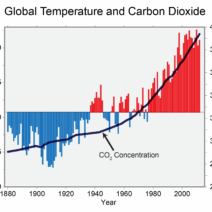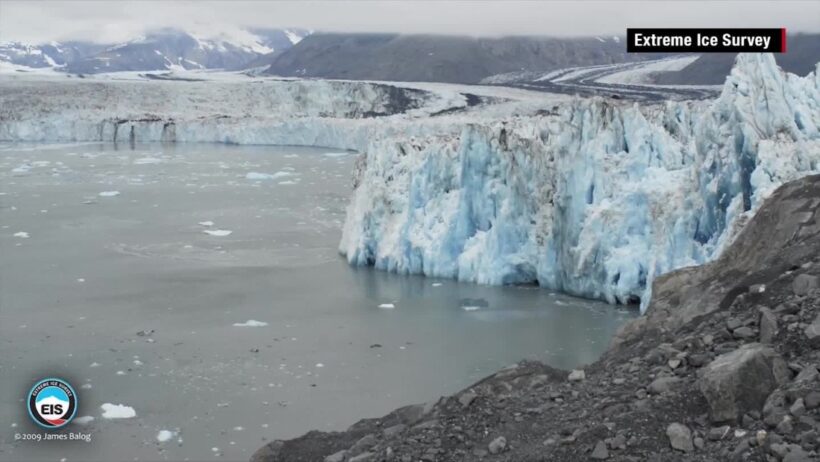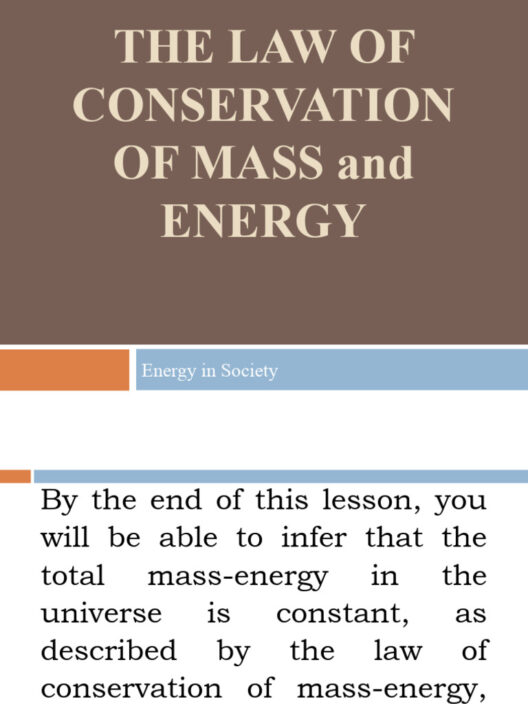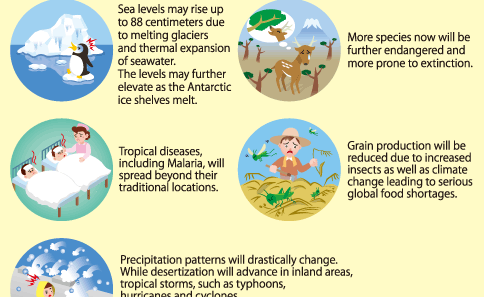The debate regarding global warming has ignited fierce discussions across scientific, political, and social arenas. The question arises: Is global warming merely another phase within the natural cycles of climate, akin to the ice ages that have traversed Earth’s history? To dissect this inquiry, one must first comprehend the cyclical nature of the planet’s climate and parallel that understanding with current anthropogenic influences.
The Earth’s climatic history has been punctuated by glacial and interglacial periods, often caused by a confluence of factors including axial tilt, orbital variations, and volcanic activity. These natural forces orchestrate considerable fluctuations in temperature and greenhouse gas concentrations over tens of thousands to hundreds of thousands of years. The ice ages, for instance, were characterized by extensive ice sheets covering large portions of the planet, while the interglacial periods, which we currently inhabit, provide warmer, temperate conditions. This cyclical phenomenon may lead one to ponder whether today’s warming is simply an inevitable return to a warmer interglacial phase.
However, this perspective invites complexity. Understanding modern global warming necessitates a thorough examination of the scale and velocity of temperature changes observed since the late 19th century, primarily resulting from human activities. Unlike the gradual changes that characterize natural climate cycles, the current rate of warming — approximately 0.2 degrees Celsius per decade — is unprecedented in the context of natural historical fluctuations.
Human influence, predominantly through the combustion of fossil fuels, deforestation, and industrial processes, has significantly elevated the concentrations of carbon dioxide and other greenhouse gases in the atmosphere. Such alterations result in the enhanced greenhouse effect, thereby trapping heat and propelling global temperatures to levels that far exceed any historical norms suggested by paleoclimatic data. This is not merely a cyclical change; it is a profound transformation powered by ideas, innovations, and industrial revolutions.
Yet, ponder this: Could it be that aspects of natural climate variability are still at play, intertwining with human activity? While scientists agree that contemporary warming is predominantly anthropogenic, periodic climate oscillations, such as the El Niño Southern Oscillation and the North Atlantic Oscillation, still exert crucial influences on regional climates. These natural patterns could exacerbate the immediate impacts of global warming, prompting extreme weather events and further challenging adaptive capabilities.
Moreover, the interplay between natural and human-induced factors complicates efforts to predict future climate scenarios. Current climate models often grapple with quintessence issues: They must account for both the fossil-fuel-driven mechanisms of contemporary warming and the natural variability that has governed the Earth’s climate for eons. This synthesis must be accurate, considering that useful predictions inherently influence global climate policy and individual actions.
The grandiosity of this dilemma leads us to ask another compelling question: If we are at the precipice of consequential climatic change, what consequences loom on the horizon if we attribute global warming to mere cyclicality? Engaging in such simplification may kindle complacency among policymakers and the public. If climate change is relegated to the annals of natural fluctuations, urgent and transformative actions required to counteract its effects could be forsaken.
Indeed, the projections regarding sea-level rise, extreme weather events, loss of biodiversity, and food security underscore the gravity of the situation. These projections are not distant threats. They are imminent challenges demanding immediate action. Climate change, masquerading as a potential rise and fall in natural cycles, could instead represent an existential crisis if humanity does not unify efforts to mitigate these catastrophic consequences.
As we investigate the scientific axis of this debate, another facet emerges: public perception plays a pivotal role in swaying the discourse. While scientific data renders a compelling case for anthropogenic global warming, the narrative often becomes muddled within public skepticism. Misunderstandings about the regenerative propensity of natural systems encourage unfounded optimism. Furthermore, this misplaced belief can shape policy decisions, slowing critical legislation designed to reduce greenhouse gas emissions and promote sustainable practices.
This begs yet another inquiry: How do we effectively communicate the urgency of global warming while simultaneously debunking myths about its cyclical nature? The manner in which information is conveyed warrants attention. Engaging discussions that embrace empirical evidence, combined with accessible language and relatable examples, becomes essential in fostering a well-informed public. In promoting climate literacy, society can shift towards more profound collective actions that translate scientific understanding into environmental stewardship.
Ultimately, the dialogue surrounding global warming and its relationship to past climate cycles provides fertile ground for exploration and inquiry. While historical climate fluctuations are an undeniable aspect of Earth’s narrative, recognizing the distinct nature of contemporary warming is crucial. Acknowledging humanity’s influence paints the larger picture of responsibility intertwined with resilience, challenging individuals and communities alike to adapt in harmonious coexistence with the natural world.
In conclusion, as we grapple with the complexities of climate paradigms, clarifying the role of anthropogenic influences in global warming becomes non-negotiable. Rather than dismissing climate change as yet another cycle, we must advocate for robust policies and personal commitments aimed at preserving the delicate balance of our planet. In negotiating our climate’s future, engaging questions yield pathways towards actionable solutions, energizing a global movement towards sustainability and stewardship.








